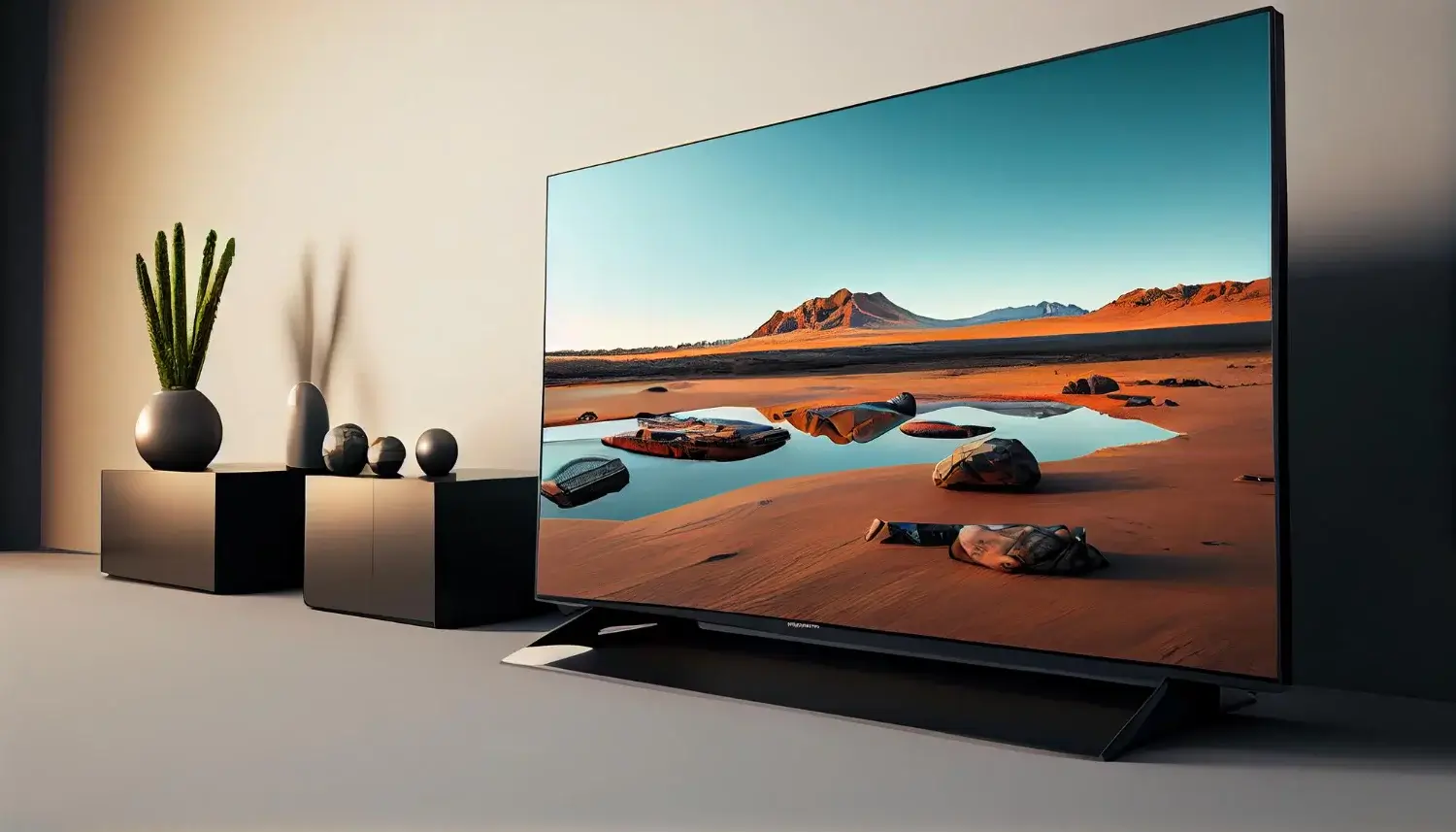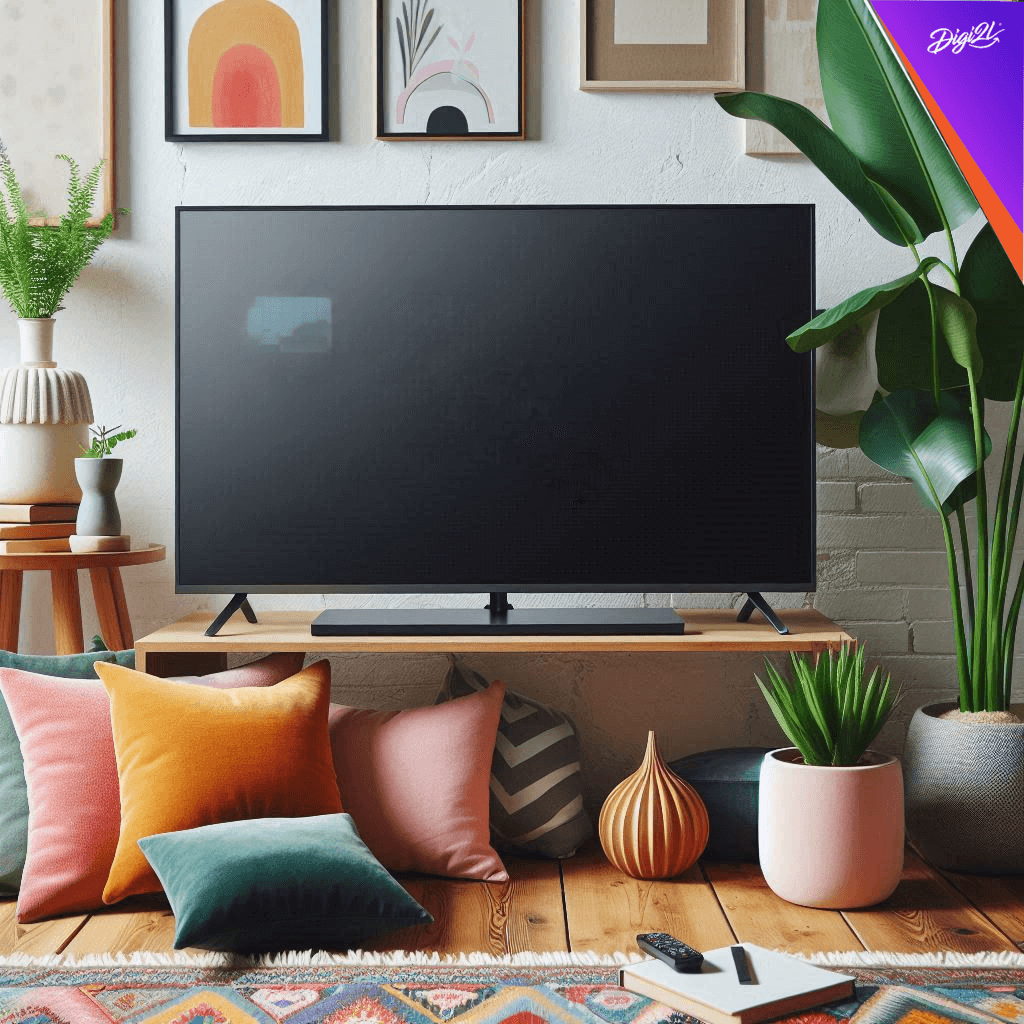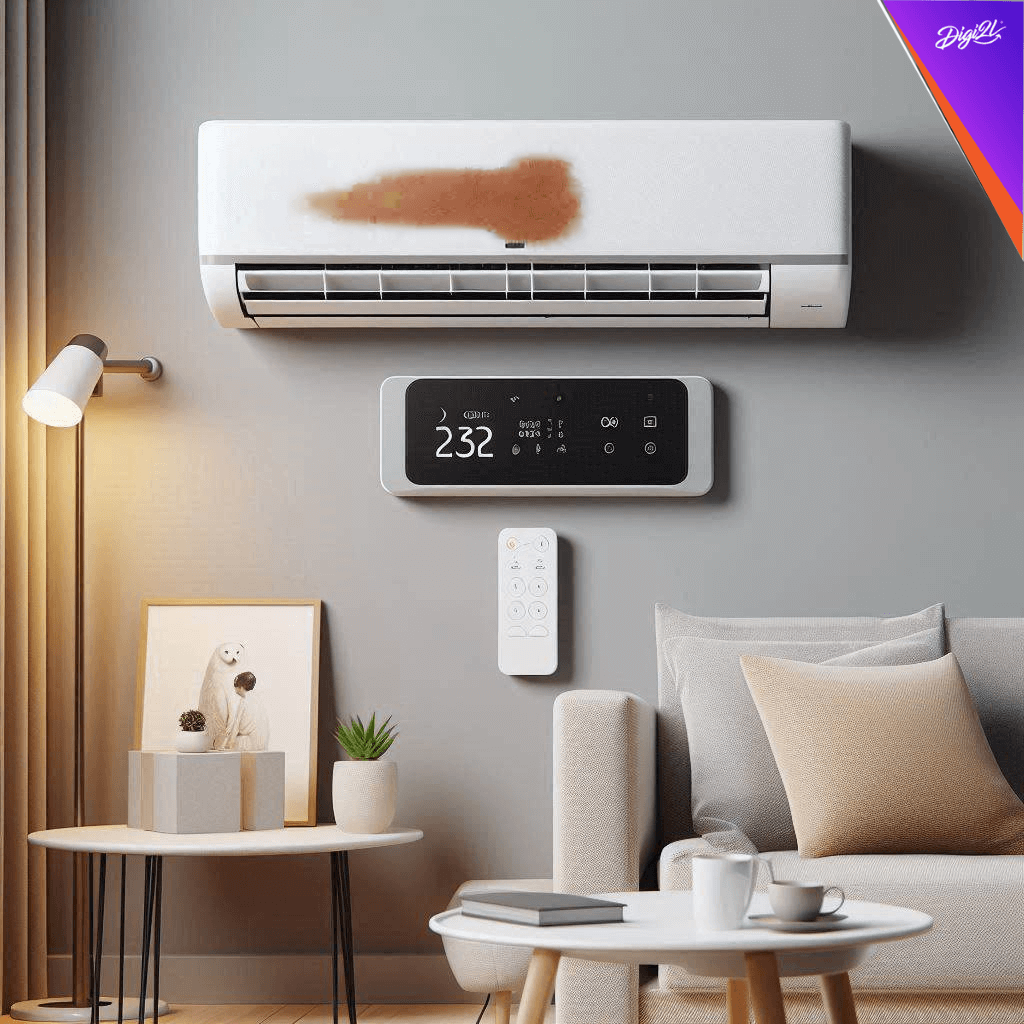
Please Wait ...


Blogs> Old vs New Televisions: Weighing the Pros and Cons

Television technology has come a long way since the first black-and-white models hit the market in the 1920s. Today, there is a wide range of televisions available with different features, sizes, and technologies. While newer models have many benefits, there are also some advantages to sticking with an older TV. In this blog, we will explore the pros and cons of old vs new television technology.
Old Televisions
Pros:
Durability: Older CRT (cathode ray tube) televisions were built to last and could withstand a lot of wear and tear.
Lower Cost: Older models are often available for much lower prices than their newer counterparts, making them a good option for those on a budget.
Simplicity: Older models are generally simpler to operate and have fewer features, which can be a benefit for those who prefer a more straightforward viewing experience.
Cons:
Limited Features: Older models lack many of the features that are now standard on newer TVs, such as smart capabilities and high definition.
Limited Size: CRT televisions were limited in size due to the technology, which means they are not suitable for larger rooms or spaces.
Poor Image Quality: Older models have lower resolution and poor image quality compared to modern televisions, which can make them difficult to watch.
New Televisions
Pros:
High-Quality Picture: Newer models offer high definition and ultra-high definition, which provides a better viewing experience with greater detail and clarity.
Smart Capabilities: Modern televisions often have built-in Wi-Fi and access to streaming services, making it easier to access content without the need for additional devices.
Large Screen Sizes: Modern technology allows for larger screen sizes, which is great for those who want a cinematic experience in their home.
Cons:
Expensive: Newer models are often more expensive than older ones, which can make them less accessible to some consumers.
Fragility: Modern televisions are generally more fragile and prone to damage than older models, which means they may need to be handled with greater care.
Complicated: Newer models often come with a variety of features and settings, which can make them more complicated to operate than older models.
The decision between an old or new television will depend on your preferences, needs, and budget. Older models may be more durable and simpler to operate, but they lack many of the features that modern televisions offer. Newer models, on the other hand, provide a better viewing experience with high-quality picture and smart capabilities, but they are often more expensive and more fragile. Ultimately, it’s up to you to decide which features and tradeoffs are most important to you.
Image by vecstock on Freepik

By Digi2L - June 8, 2024

By Digi2L - June 7, 2024

By Digi2L - June 6, 2024